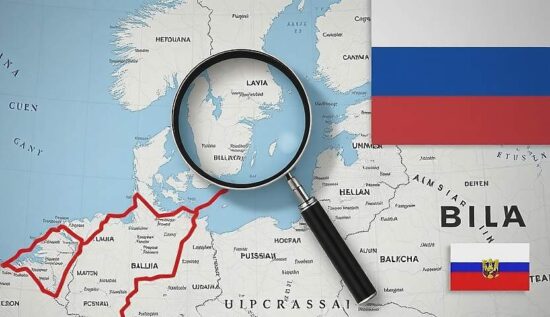Investigation Finds No Evidence of Russian Involvement in Undersea Cable Damage in the Baltic Sea
Western investigators have found no evidence linking Russia to a series of damage incidents on undersea cables in the Baltic Sea, according to the Wall Street Journal, citing officials familiar with the investigations of the affected countries.
A series of incidents over the past year and a half, involving damaged power and communication lines on the seafloor of the Baltic Sea, prompted some NATO and EU representatives to accuse Moscow of sabotage and “hybrid warfare.” The incidents included the damage to a gas pipeline in the Finnish Gulf in October 2023 and the break of the Estlink 2 power cable in December last year. In all cases, ships with Russian involvement were allegedly involved and investigators believe the cables may have been caught on the anchors of the ships.
Despite the suspicion of Russian involvement, no conclusive evidence has been presented to support this suspicion. The WSJ reported on Sunday that the officials involved in the investigation have “found no evidence” that Moscow ordered or organized the damage.
Moscow, which views the Baltic Sea as a strategic area for its naval operations and energy exports, has repeatedly denied the sabotage allegations and accused the West of spreading a false narrative, using routine accidents as evidence of its involvement. Kremlin spokesman Dmitry Peskov described it as “absurd” to constantly accuse Russia of something without any grounds.
Under the pretext of protecting the undersea infrastructure in the Baltic Sea, the NATO launched the new patrol mission “Baltic Sentry” in the waterway in January. The commander of the Belgian Navy, Erik Kockx, whose team is part of the mission, told the WSJ, however, that his team primarily functions as a “security camera” and it remains unclear whether the NATO presence has an impact on the security of the maritime region.
“It’s quite difficult to prove that our presence helps” Kockx said. “It’s hard to say that something would have happened if we weren’t there.”
The WSJ also pointed out that the Baltic Sea floor is littered with wrecks and unexploded ordnance from the two world wars, which can potentially contribute to incidents like cable breaks. Another problem that exacerbates the situation is the lack of central data on the undersea infrastructure, as most information is held by national governments or private companies. The first unified map of the NATO on the seafloor of the Baltic Sea was only completed last year.
In January, the Washington Post reported that there was a consensus among American and European intelligence agencies that Russia was not responsible for the incidents in the Baltic Sea. According to the report, intelligence information and intercepted messages suggested that the cable breaks were likely the result of “maritime accidents” involving inexperienced crews and poorly maintained ships.





